As much as we’d like to think that we’re rational, the reality is, we make many of our decisions emotionally.
Clicks, shares, purchases, comments, engagement are all subject to emotional decision making.
So how can you use this fact to your advantage?
Emotional persuasion is an incredibly complex topic—one which we’ve written a guide on—so it’s helpful to focus in on a specific aspect of the subject: valence and arousal.
Really, this will be a way to measure the emotional experience you’re eliciting.
Table of contents
What’s the difference between valence and arousal?
In general, emotional experiences can be described by two terms: valence and arousal.
Though the two terms are often confused, the difference is pretty simple:
What is emotional valence?
In psychology, emotional valence is defined as a scale that measures the positive or negative affectivity of an event or a piece of information: that is, its pleasantness or unpleasantness.
What is emotional arousal?
Emotional arousal is a measure of how calming or exciting an event or a piece of information is.
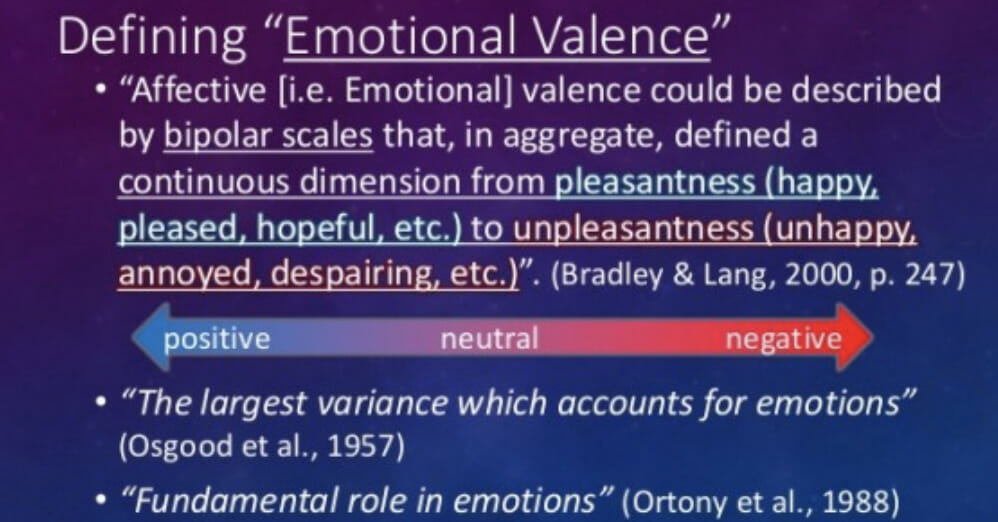
Think about the last time you gave a big speech, or when your team was on the verge of winning a big game.
Your palms were sweaty and your heart was pounding—the same physiological reactions that occurred when you were last at a scary movie or went camping and heard a weird noise outside your bed. That’s the mark of high-arousal emotions. Valence codes emotional events as positive or negative.
Arousal comes from our reptilian brain. It inspires a fight-or-flight response that aided our survival.
Some studies have shown that our brain processes each factor independently.
For example, one study manipulated odor valence (pleasant or unpleasant) as well as intensity, and found that odor intensity triggered amygdala activity, where valence triggered orbitofrontal activity.
The common framework for dealing with emotional experience is characterized in a two-dimensional space. Valence ranges from highly negative to highly positive, and arousal ranges from calming/soothing to exciting/agitating.
Remember this visual:
How valence and arousal affect memory and attention
“We remember only a fraction of life’s experiences. While a multitude of factors can influence the likelihood that an event is remembered, one important contributor is the emotional salience of the event.”
(Source)
Emotional arousal and memory
High-arousal emotional events cause you to hone in on the arousing stimuli. They’re better encoded and better recalled than non-arousing events.
Emotional arousal works as a sort of blinder to other neutral stimuli. A study showed that, instead of increasing overall attention to an event, an emotionally arousing stimulus decreased attentional resources available for information processing and focused attention only on the arousal-eliciting stimulus.
As the researcher put it, “Emotion reduces utilization of cues. In some tasks this can be an advantage (elimination of irrelevant cues); more often, however, such reduction inhibits performance.”
This explains a the unusual phenomenon dubbed the “weapon-focus” effect, where witnesses to a crime often remember the weapon from a crime, but they won’t remember other details like any way to identify the perpetrator. Even in a laboratory, away from harm, participants hyper-focus on the weapon.
However, another study found that arousing items are more likely to be processed under conditions of limited attention than neutral items.
I’m not sure about you, but I’ve got dozens of tabs open as I write this and there are distractions outside my earbuds as well. My attention is not always at its peak. Designing for emotional-arousal allows you to break through the barrier that limited attention sets up.
Finally, another study suggests that high-arousal emotional memories last longer, whereas memories for non-arousing events are more prone to disruption.
All well and good, but what about emotional valence—does that have an effect on memory encoding and retrieval?
Though there have been less studies on valence and memory, the answer is yes.
Emotional valence and memory: two good examples
Studies show that either positive or negative-valence emotions are remembered better. For example, emotional words are remembered better than neutral words.
However, much of the mechanism behind the stronger memory of positive or negative valence emotion is elaborating (assigning meaningful information to what you’re trying to remember), which takes two forms:
- Autobiographical;
- Semantic.
Autobiographical elaboration is the process of relating emotional events or words to yourself. For example, a study asked participants to process words in a few different ways, and self-reference led to the greatest recollection. Relating yourself to emotional experiences is a powerful way to remember them, especially if they are negative or positive.
Take this Indigo & Cotton copy for an example. It’s pretty neutral, but it elicits positive-valence in the form of humor/amusement. Furthermore, it forces you to use autobiographical elaboration to process it. Pretty memorable:
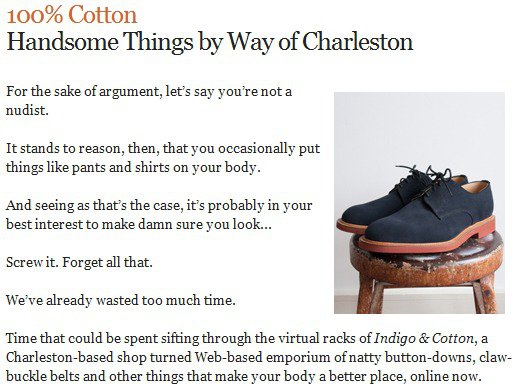
Semantic elaboration is to think about the items’ meanings and their relations to other items. Slack’s homepage uses awe (positive valence), and relates its communication tool to Mars missions, making it pretty memorable:
In summary, things that are positive (or negative valence) and have high emotional arousal tend to be best encoded for long term recall.
Emotional valence, content and engagement
Remember Facebook’s controversial emotional contagion study? The one where they tweaked the content that users saw in their newsfeeds to make it more positive or negative? Yes, that one.
In addition to learning that users didn’t like being tinkered with, they also learned that emotions spread like contagions. According to the researchers, “People who were exposed to fewer emotional posts (of either valence) in their News Feed were less expressive overall in the following days.”
In other words, interaction with high-valence emotional content drives engagement, at least with social media.
How emotional valence and arousal affects virality
@RyanHoliday @betabeat We like active emotional valence, positive or negative. Uplifting works. So does shocking/outrageous.
— Peter Koechley (@peterkoechley) October 21, 2013
As a Stanford graduate student spending the majority of his time in a “brutalist,” and windowless office, Jonah Berger wondered why certain articles made the most-emailed list when others floundered out shortly after publication.
Especially for articles which lacked practical value or Social Currency, why did people choose to share?
In a word: emotion. As Berger put it, “when we care, we share.”
Here are some of their findings:
- Awe-inspiring articles were 30% more likely to make the Most E-Mailed list;
- Sadness had the opposite effect on virality. Sad articles were 16% less likely to make the Most E-Mailed list;
- Positive-valence articles tended to do best;
- But articles that evoked anger or anxiety were also more likely to make the Most E-mailed list.
Of course, you can see that arousal also plays a part in virality, otherwise awe and anger would be at opposite sides of the viral spectrum. Anger and anxiety spread, because similar to awe, they’re high-arousal emotions. They activate people and drive them to take action.
Here’s how Jonah Berger summed it up in Contagious: Why Things Catch On:
“When trying to use emotions to drive sharing, remember to pick ones that kindle the fire: select high-arousal emotions that drive people to action.
On the positive side, excite people or inspire them by showing them how they can make a difference. On the negative side, make people mad, not sad. Make sure the polar bear story gets them fired up.”
You’ve probably heard of the famous BMW campaign from a few years back. The campaign was comprised of 8 short films called The Hire. They weren’t rosy and positive as most brand videos are, but rather high-valence. During the same period that the campaign occurred, BMW sales increased 12%—the video went viral. Watch for yourself:
Triggering emotions to spark conversions: valence and arousal examples
It’s impossible to offer universal advice for implementing emotional strategy on your website. For one, your target audience is different than mine. What works for me may kill your conversions. Sparking the wrong emotions may have adverse effects on your business (see Beware section below), but the same strategy for another company may work wonders.
In general, to spark an emotional reaction that increases long-term memory storage, virality, or engagement, it’s best to aim for the upper right side of the chart. High-arousal, high-valence emotions create the most impactful response.
But there are exceptions. Here are the 4 variations you can use in sparking emotions:
1. High-valence, high-arousal
The classic example is Susan Boyle. High-arousing emotions like anxiety and stress are common with competitive shows like Britain’s Got Talent, and her introduction gave much to be anxious about. However, that quickly changed to surprise and awe when she started singing.
Here’s how the Huffington Post phrased it: “The skittish Scottish spinster went on to raised eyebrows and laughs, before she surprised everyone in the live audience, and at home, with her rendition of I Dreamed A Dream.”
Inspirational ads are another example of high-valence, high-arousal events. They inspire positive action. The most famous example is probably Apple’s Think Different campaign:
2. High-valence, low-arousal
Though arousal is what gets attention in most cases, high-valence is a common strategy for companies that want to form positive brand association. One of the most common use cases here is humor. Bud Light is the master. Here’s one of the best ads they’ve ever put out:
Chubbies is also a king of high-valence positivity. Every brand touchpoint is hilarious, from their homepage to their product copy to their packaging:

Another common place for humor is 404 pages. Here’s an example from Modcloth:
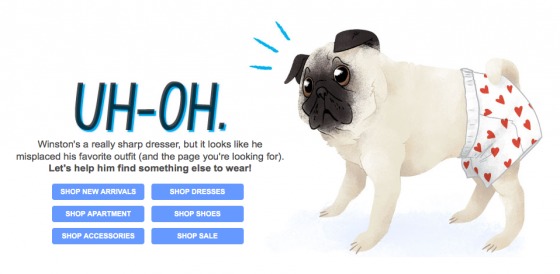
Of course, there are many ways to trigger high-valence, low-arousal emotions. Much of it just has to do with positivity. Remember the chart above? You’re looking at the bottom of it, where there are emotions like ‘soothing,’ ‘calming,’ and ‘content.’ That’s the goal of most landing pages (especially B2B).
3. Low-valence, high-arousal
Low-valence, high-arousal is a risky tactic. It means you’re pushing negative and anxiety inducing emotions, not what most people want to do. However, for some companies, it works wonders. After all, anger makes us click—and it helps spread messages.
It’s probably not even necessary to give an example (because they’re so ubiquitous, in America at least), but negative political campaign ads are the best example of this:
I’m disappointed to say that attack ads work pretty well. There is good evidence that the information sticks better than positive information because of the negativity bias.
Negative valence, high-arousal ads are often used by charities, as well, to spur action. This ad from the ASPCA invokes anxiety and anger, prompting organizational support and donations:
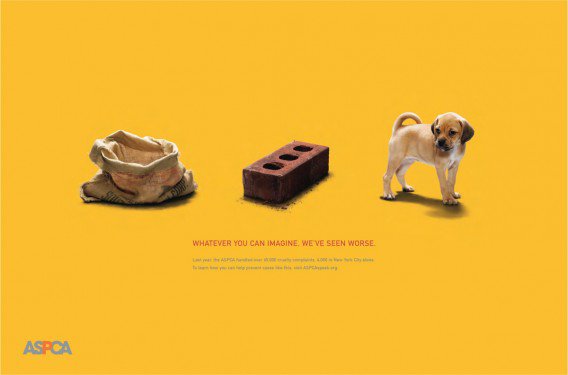
So this one is a double edged sword, and one must wield it carefully.
4. Low-valence, low-arousal
These are emotions that are both negative and calm—honestly, not a strategy that works often because it doesn’t spur action. As mentioned above, sad articles were shared the least of any emotion. However, that does not mean that there isn’t a use case.
Consider again charities, who depend on donations to solve (almost always) sad issues. Studies suggest that when you’re sad, you’ll seek happiness as quickly as possible, regardless of the long-term implications. That’s the trigger at play in ads like this notorious one from the ASPCA (the saddest ad of all time):
Amusingly, even Sara McLachlan changes the channel when her commercial comes on.
Beware: Valence and arousal gone wrong
Can emotional valence go wrong? Of course it can.
If comments and movements are highly negative in nature—and elicit high physiological arousal—negativity may gain traction. Gossip can build and travel. Your brand can be hurt. But how can you predict which flare-ups will wither and which will snowball?
The answer, according to Jonah Berger, comes back to physiological arousal. As he wrote in Contagious:
“Certain types of negativity may be more likely to escalate because they evoke arousal and are thus more likely to go viral. Angry tirades about bad customer service, or anxious rumors about how a new health plan may take away benefits, should be more likely to circulate than expressions of sadness and disappointed.”
For example, take a look at our recent trend of public shaming on the internet. Due to a vocal minority that get paid via attention, highly negative (valence) and sensationalist (arousal) articles are spun together and thrown out into the internet to gather traction. And they do, sometimes to the detriment of those at the other end.
Ryan Holiday calls it “outrage porn,” and it “checks all the boxes of compelling content—it’s high valence, it drives comments, it assuages the ego, projects guilt onto a scapegoat and looks good in your Facebook Feed.”
Often, the dangers come from triggering both negative-valence emotions (anger, outrage, anxiety) and high arousal emotions. This is usually the result of a company trying to be controversial for attention. Take, for instance, this Spirit Airlines ad reference the Gulf oil spill:
Then there’s the famous “United Breaks Guitars” video. Though the company didn’t start the campaign, their stock price did fall 10% to the tune of about $180 million in value.
Takeaway: Understand your target audience, and be careful with high-arousal, low-valence emotions. It’s usually safest to play it on the upper right side of the spectrum (happiness and awe). Put simply, if you’re kindling a fire, make sure it doesn’t get out of control.
Conclusion
Think of valence and arousal as ways to measure your emotional persuasion efforts. How positive or negative is your message, and how much anxiety or arousal does it induce?
Psychologically, high-arousal messages are better encoded and remembered, as are either negative or positive valence emotions. Things in the middle of the chart don’t stick well, mainly because they’re boring.
There is absolutely no way to offer prescriptive advice for every company. It doesn’t exist.
The examples above can offer you a framework for thinking about your emotional messaging, but it’s up to you to customize the message to your specific situation. Again, just be careful that you don’t stoke the wrong emotions. Kindling an emotional fire can spark positive action, but it can also backfire if you let it get out of control.

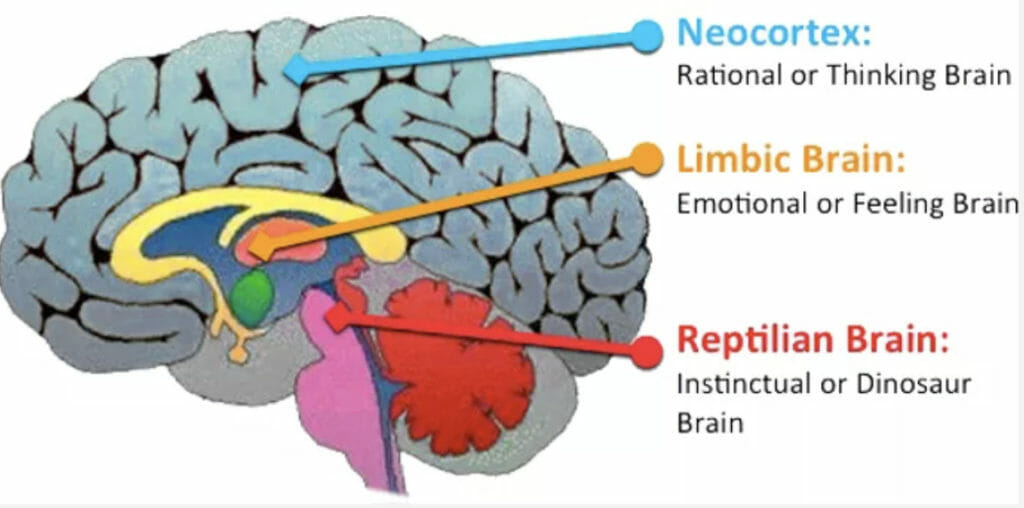
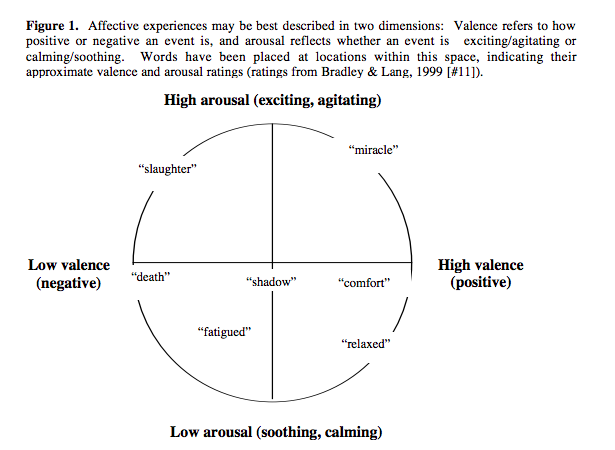
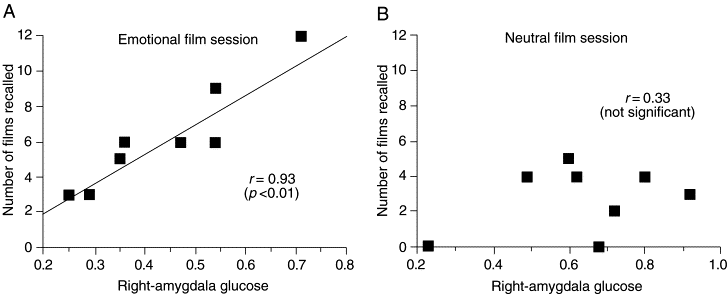




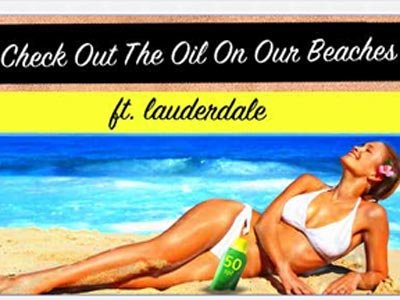

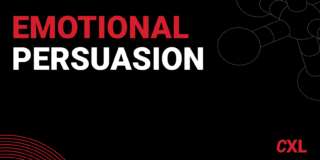


Hi Alex,
I like this “The examples above can offer you a framework for thinking about your emotional messaging, but it’s up to you to customize the message to your specific situation.”
For sure, every marketing experience and situation differs and employing its specific emotional arousal tactics becomes necessary.
Valence arousal is new to me but I appreciate the detailed explanation on how it works and how it can be applied!
The details on Triggering Emotions To Spark Conversions are by best takes. They readily make me have rethink about what possible tricks can aid conversion and retention better!
I found this post in kingged.com where I also left the above comment.